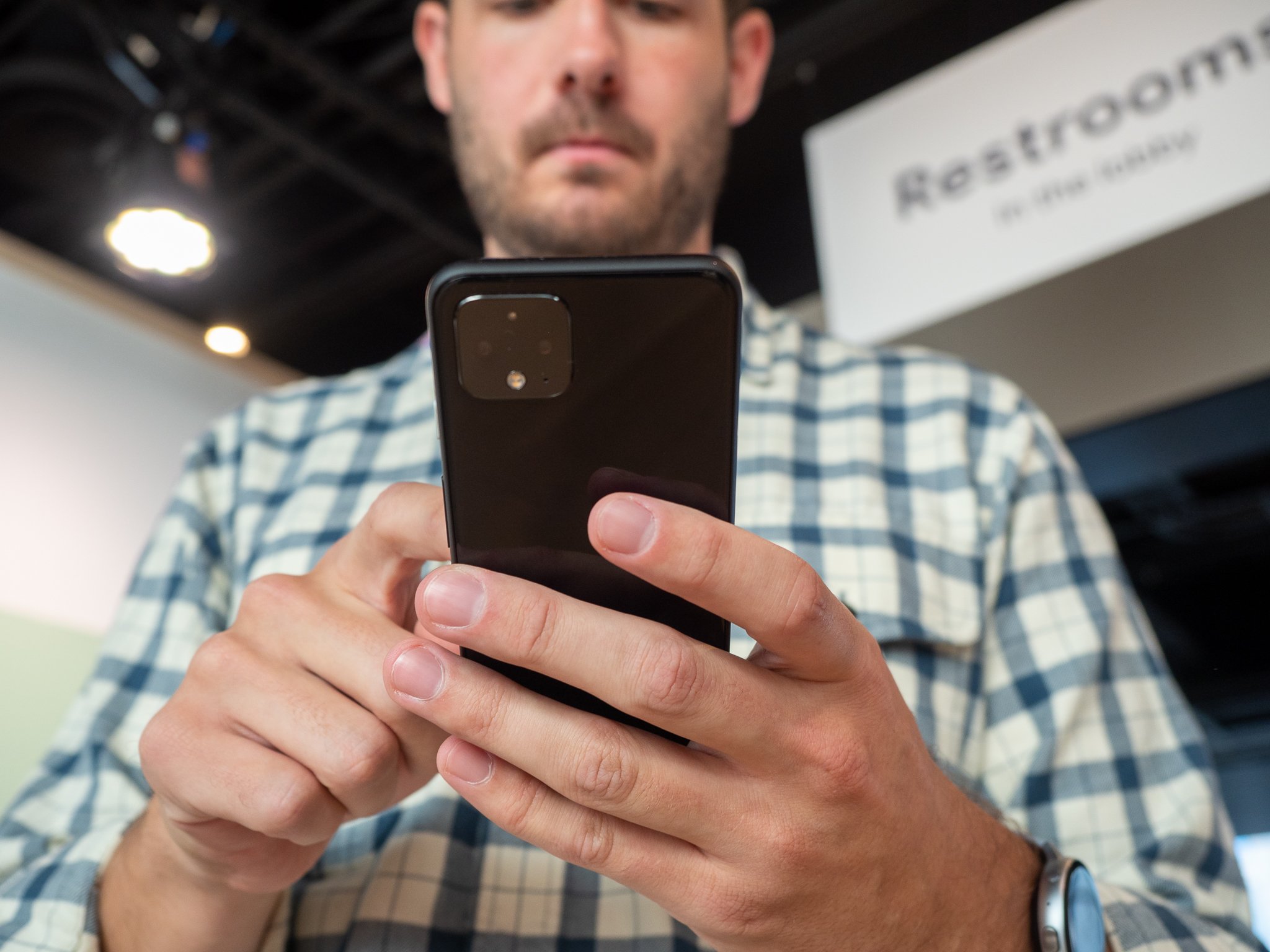Injuries due to cell phone usage have risen dramatically since 2007

What you need to know
- Cell phone-related injuries have risen dramatically over the past 20 years.
- The most common injuries include cuts to the face and head, bruises, and abrasions.
- The biggest uptick in injuries came after the iPhone was released in 2007.
Authors of a recently published study in the journal JAMA have noted an increase in cell phone-related injuries over the last 20 years. The study analyzed data from national emergency rooms and shows that injuries were less frequent until 2007 when the iPhone was first released.
Soon after, phone-related injuries began to rise dramatically, due to how distracting the always-connected glowing screen has become.
Although mobile telephones were gaining popularity prior to that time point, their functions were limited and they were, therefore, less likely to be major distractions when compared to modern-day smartphones.
According to the study, most injuries were to the neck, face, eyes, nose, ears, and head. Distracted driving and walking while texting were the main causes of the injuries for people ages 13 through 29. Children under 13 were most likely to be injured by the phone itself, due to the size and weight of smartphones these days.
Cuts to the face and head were the most common injuries, followed by contusions -- bruising of the brain -- abrasions and internal organ injuries.
Previously, studies have concluded that even using a smartphone can be damaging to your neck and spine. "That's because for every inch that you tilt your head forward from a neutral position, the pressure on your spine doubles." That equates to up to an extra 20 or 30 pounds of additional pressure on your neck, just by viewing your phone in your lap.
When speaking to CNN, Dr. Tom DiAngelis, former president of the American Physical Therapy Association's Private Practice Section, compared it to "bending your finger back all the way and holding it there for an hour."
Besides the increase in cell phone-related injuries, there has also been a steady rise in deaths. In 2018, the National Safety Council recorded 2,841 people dying in "distraction-affected" crashes. The Governors Highway Safety Association estimated more than 6,000 pedestrian deaths, marking a 20-year high.
With this being a worldwide issue, it's no wonder why Australia has instituted traffic cameras recently that can detect mobile phones.
Get the latest news from Android Central, your trusted companion in the world of Android

